Description
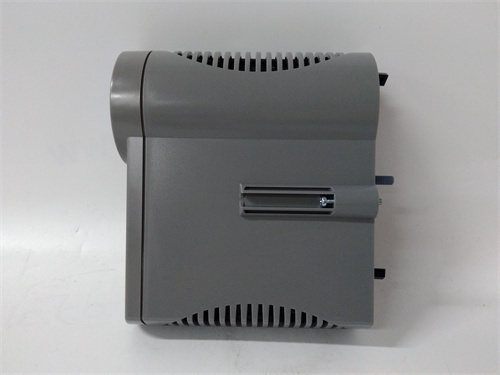
1. Product Overview
Based on the naming, it’s difficult to be certain without more information, but “CC – PCNT02” might be a product model from a particular manufacturer where “CC” could be a brand or product line abbreviation, and “PCNT02” may indicate a specific type of counter or pulse – counting device. The number “51454551 – 275” could be a serial number, a part number for a specific version or configuration.
2. Hypothetical Functions
Pulse Counting
- Industrial Machinery Monitoring: In a manufacturing plant, it could be used to count the number of pulses generated by sensors on machinery. For example, it can count the number of rotations of a conveyor belt motor shaft. By knowing the number of rotations, operators can calculate the distance the conveyor has moved, which is useful for inventory management and production scheduling.
- Flow Measurement: When used in conjunction with a flow sensor that generates pulses proportional to the flow rate of a liquid or gas, the CC – PCNT02 can count these pulses to determine the total volume that has passed through a pipe. This is crucial in industries such as water treatment, oil and gas, and chemical processing.
Frequency Measurement
- Power Systems: In electrical power systems, it can measure the frequency of the alternating current (AC). By counting the number of pulses in a given time interval, it can accurately determine the frequency, which is important for maintaining the stability and proper operation of the power grid.
- Motor Speed Control: For electric motors, the device can measure the frequency of the electrical signals driving the motor. This frequency is related to the motor’s speed. By monitoring the frequency, the motor’s speed can be controlled precisely, which is essential in applications like robotics and CNC machining.
3. Hypothetical Product Parameters
| Parameter | Hypothetical Specification |
|---|---|
| Supply Voltage | 12 – 24 VDC, which is a common voltage range in industrial control systems, providing flexibility in power supply options. |
| Power Consumption | Approximately 3 – 5 W, indicating a relatively low – power device suitable for continuous operation without significant energy consumption. |
| Input Signal Types | It can accept digital pulse signals, such as TTL (Transistor – Transistor Logic) or CMOS (Complementary Metal – Oxide – Semiconductor) level signals. These are common signal types produced by sensors and other digital devices. |
| Counting Range | It may have a counting range from 0 to 999,999 pulses, allowing it to handle a large number of events without overflowing. This is sufficient for most industrial applications. |
| Frequency Measurement Range | It could measure frequencies from 0.1 Hz to 100 kHz, enabling it to measure a wide range of signal frequencies, from slow – changing processes to high – speed electrical signals. |
| Communication Interfaces | – RS – 232/RS – 485 serial ports for local communication with a control panel or a computer. This allows for configuration, data retrieval, and monitoring. – Ethernet interface for connection to a local area network (LAN) or the Internet. This enables remote monitoring and control, as well as integration with other networked devices. |
| Operating Temperature | – 20°C to 60°C, allowing it to operate in a variety of industrial environments, from cold warehouses to warm manufacturing plants. |
| Storage Temperature | – 40°C to 70°C, ensuring the product’s integrity during storage and transportation. |
| Dimensions | [Length: 100 mm, Width: 80 mm, Height: 30 mm], a compact size that can be easily installed in control cabinets or on equipment panels. |
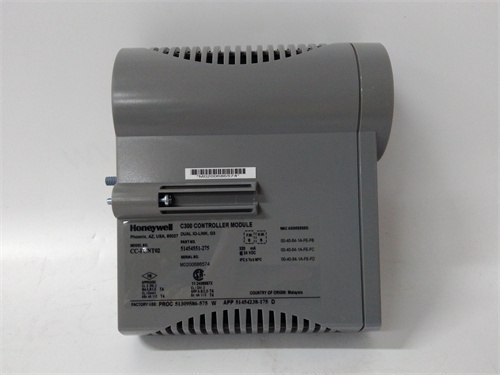
4. Possible Advantages and Features
- High – Accuracy Counting and Measurement: The device is likely to offer high – accuracy counting and frequency measurement, which is crucial for precise control and monitoring in industrial applications. This accuracy helps in ensuring the quality and efficiency of production processes.
- Flexible Communication: The support for multiple communication interfaces, such as serial ports and Ethernet, allows for easy integration into different types of control systems. It can communicate with programmable logic controllers (PLCs), human – machine interfaces (HMIs), and other devices, enabling seamless data exchange.
- Robust Design: Designed to operate in harsh industrial environments, it may have features such as electrical isolation, over – voltage protection, and resistance to dust and moisture. This ensures reliable performance and a long service life.
5. Potential Application Areas
- Industrial Automation: In manufacturing plants, it can be used for process monitoring and control. For example, it can count the number of parts produced on an assembly line, measure the speed of production machinery, and trigger alarms if certain thresholds are exceeded.
- Energy Management: In power generation and distribution systems, it can measure the frequency of the electrical grid, monitor the consumption of electricity in industrial facilities, and help in optimizing energy usage.
- Transportation: In automotive and aerospace industries, it can be used for engine speed monitoring, wheel rotation counting, and other applications related to vehicle performance and safety.
6. Selection Suggestions
- Function Requirements: Determine your specific needs, such as the required counting range, frequency measurement range, and the type of input signals. Make sure the CC – PCNT02 can meet these requirements.
- Compatibility: Check the compatibility of the device with your existing control system, including the power supply voltage, communication interfaces, and software. Ensure that it can integrate smoothly into your current setup.
- Environment: Consider the installation environment, such as temperature, humidity, and the presence of electrical noise. Choose a device that can operate reliably in these conditions.
- Cost – Benefit Analysis: Compare the cost of the product with its features and performance. Consider the long – term benefits, such as improved productivity, reduced downtime, and better quality control.
7. Precautions
- Installation: Follow the installation instructions carefully to ensure proper grounding and connection. Incorrect installation can lead to inaccurate counting or measurement, as well as electrical safety hazards.
- Maintenance: Regularly check the device for any signs of damage or wear. Clean the device and its connectors if necessary, especially if it’s installed in a dusty environment.
- Calibration: Periodically calibrate the device to maintain its accuracy. Calibration ensures that the counting and frequency measurement results are reliable.
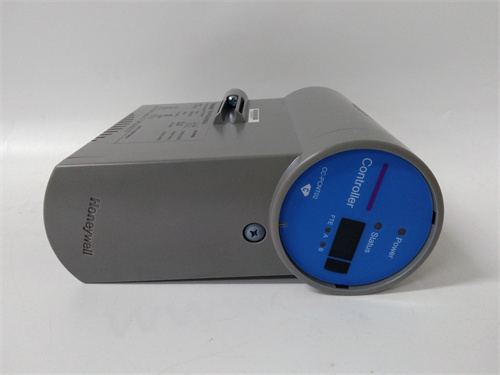






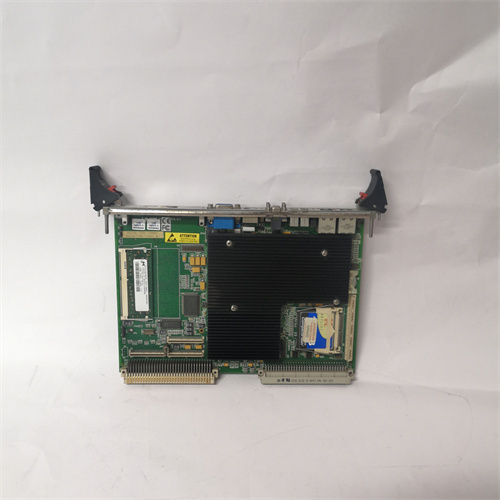


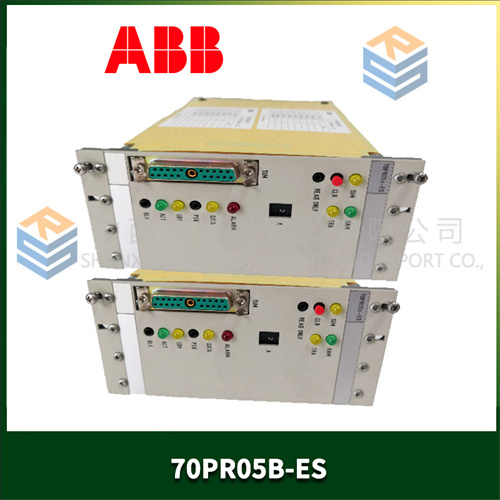

Reviews
There are no reviews yet.